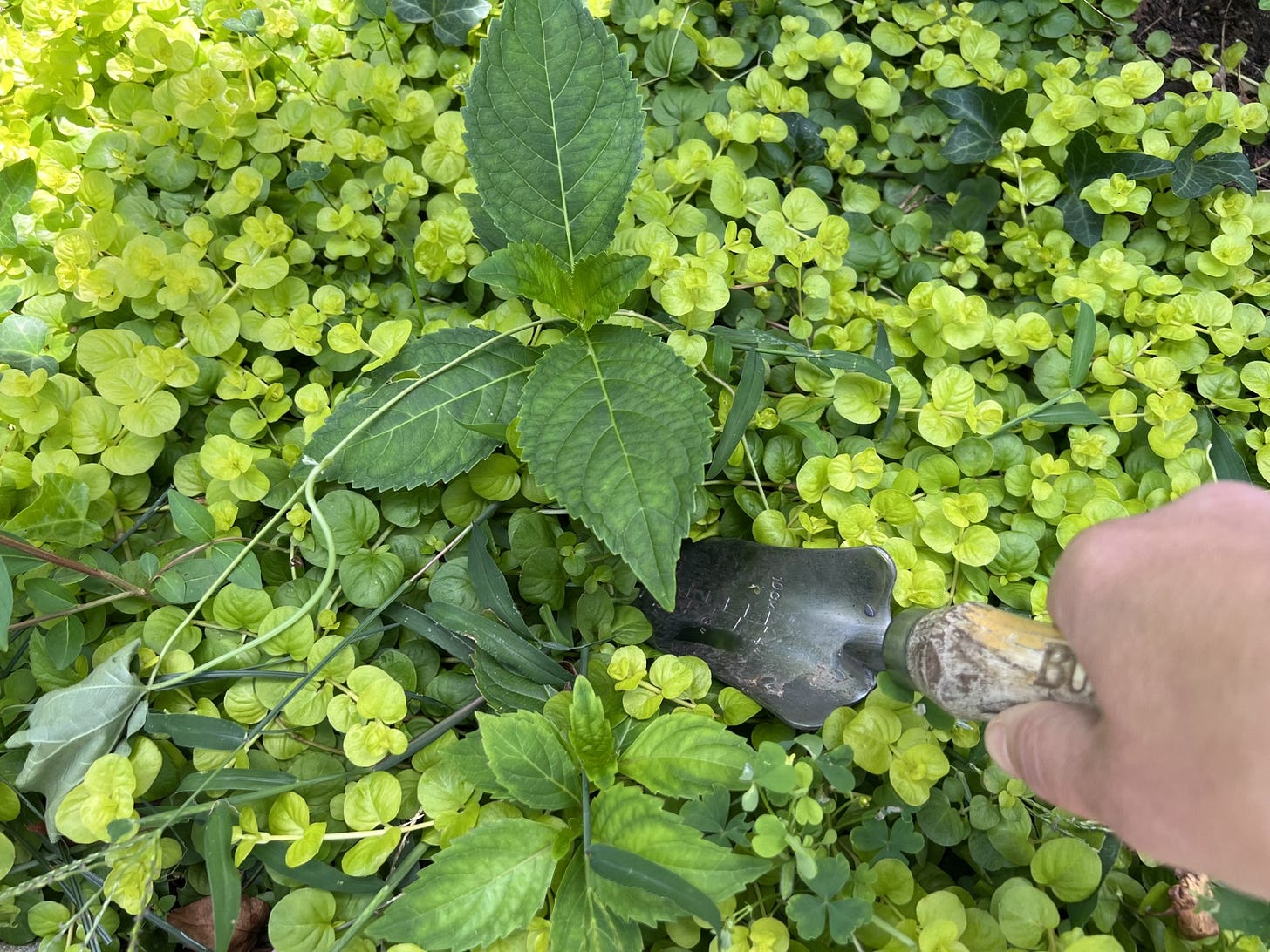If you’re new here, welcome! To receive The Weekly Dirt in your inbox every week…
Hi, guys!
A few years back, I wrote an article about cancer survivors who turned to gardening after their diagnosis to decompress and find some peace amidst the turmoil.
Something ab…
Keep reading with a 7-day free trial
Subscribe to The Weekly Dirt with Jessica Damiano to keep reading this post and get 7 days of free access to the full post archives.



